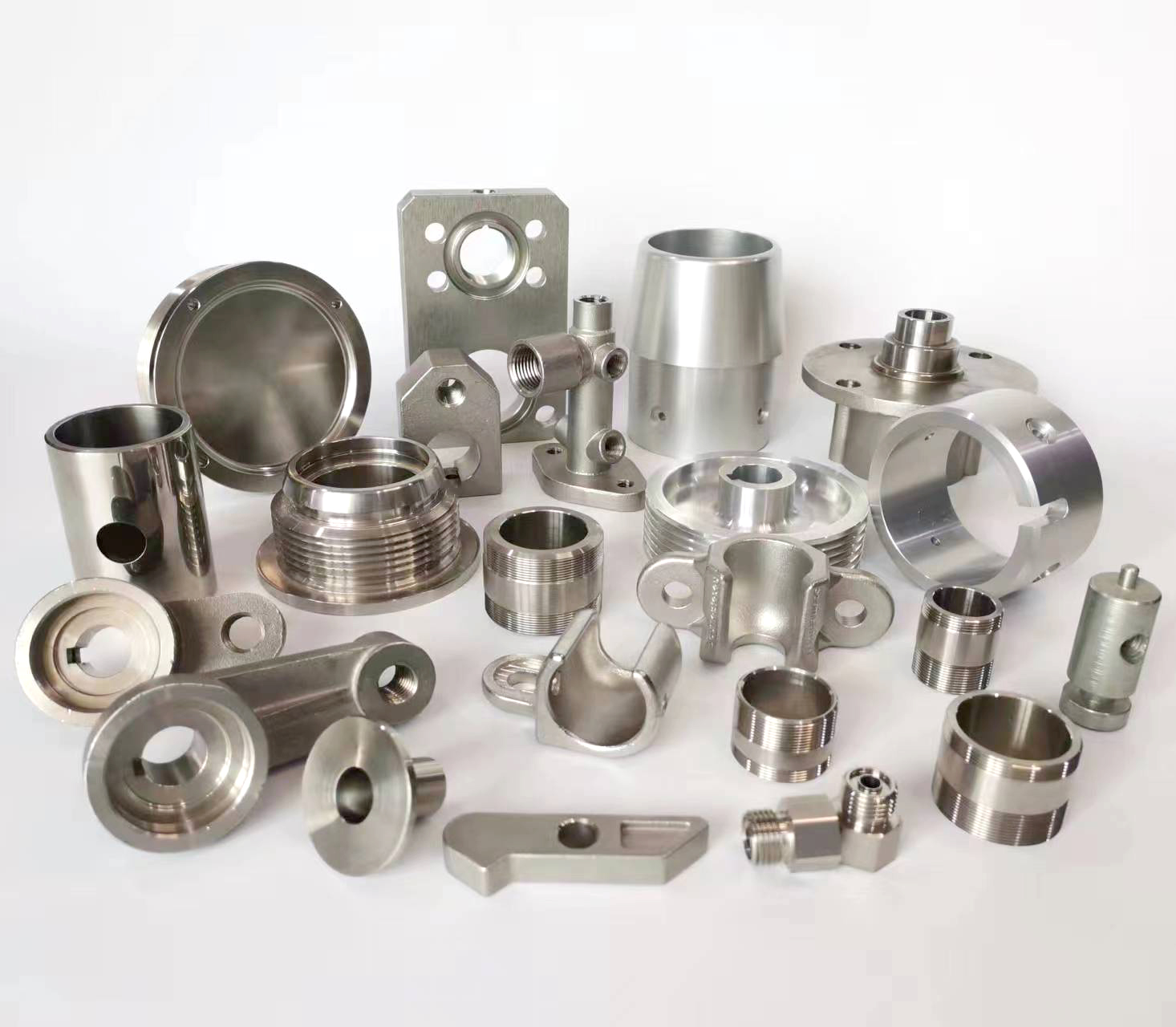
Here’s a comprehensive overview of rubber component processing methods:
Rubber Component Processing Methods
Rubber manufacturing transforms raw elastomers into functional components through distinct stages. Key processing methods include:
1. Mixing & Compounding:
* Purpose: Homogenize raw rubber with additives (fillers, curatives, oils, antidegradants).
* Primary Equipment:
* Internal Mixers (e.g., Banbury Mixers): High-intensity, enclosed mixers for efficient large-scale compounding.
* Open Two-Roll Mills: Open cylinders shear and blend compounds; common for smaller batches, color masterbatches, or warming stock.
* Process: Rubber is masticated to reduce viscosity before adding ingredients sequentially. Critical for achieving uniform dispersion and final part properties.
2. Shaping & Forming:
* a) Extrusion:
* Process: Forces compounded rubber through a die to create continuous profiles (seals, hoses, tubing, strips). Uses a screw inside a heated barrel.
* Types: Cold Feed (most common), Hot Feed (pre-warmed compound).
* Post-Process: Often requires curing (e.g., in salt baths, fluidized beds, hot air tunnels or autoclaves).
* b) Calendering:
* Process: Passes rubber compound between precision counter-rotating rolls to produce sheets, films, or to apply rubber coating to fabrics/textiles (e.g., tire plies, conveyor belting, pond liners).
* Output: Sheets of controlled thickness or fabric/rubber laminates.
* c) Compression Molding:
* Process: Pre-measured uncured rubber (preform) is placed in an open, heated mold cavity. The mold closes under high pressure, forcing the rubber to fill the cavity. Heat and pressure cure the part.
* Characteristics: Simple molds, lower costs, suitable for low/medium volumes and large/thick parts. Flash (excess rubber at mold seam) is typical and requires removal.
* d) Transfer Molding:
* Process: Uncured rubber preform is placed in a pot/chamber above the mold cavity. A plunger forces the rubber through runners/gates into the closed, heated cavities.
* Advantages: Better cavity filling than compression, tighter tolerances, less flash, suitable for complex parts with inserts. Higher mold cost than compression.
* e) Injection Molding:
* Process: Pre-heated rubber compound is fed into a heated barrel, plasticized by a screw, and then forcefully injected under high pressure into a closed, heated mold cavity where it cures.
* Advantages: Fast cycle times, excellent dimensional control, minimal flash, high automation, ideal for high-volume complex parts. Highest mold cost.
* Variants: Conventional, Liquid Silicone Rubber (LSR – uses low-viscosity two-part silicones).
* f) Dipping:
* Process: Formers (molds) are dipped into rubber latex compounds (natural or synthetic) or solvent-based solutions. Multiple dips and drying stages build thickness. Vulcanization follows.
* Applications: Gloves, balloons, thin-walled products, medical devices.
3. Curing (Vulcanization):
* Purpose: The irreversible chemical process (usually using sulfur or peroxides) that crosslinks polymer chains, transforming soft, tacky compound into a strong, elastic, and durable material.
* Key Variables: Time, Temperature, Pressure.
* Methods:
* Press Curing: Integrated with molding (Compression, Transfer, Injection).
* Continuous Curing: Used for extruded profiles (Hot Air, Liquid Salt Baths, Microwave, Fluidized Bed, Steam Autoclaves).
* Batch Curing: Autoclaves (large steam/pressure vessels for bags, hoses, extrusions on racks) or hot air ovens.
4. Post-Processing:
* Deflashing/Trimming: Removal of excess rubber (flash) from molded parts. Methods include cryogenic (freezing and tumbling), buffing, grinding, tumbling, or precision cutting (knife, laser, waterjet).
* Post-Curing: Additional heating cycle after primary cure, often for silicones or thick sections. Improves compression set, stabilizes properties, removes volatiles/by-products.
* Surface Treatment: Washing, coating (lubricants, anti-stick agents), printing, marking, plasma treatment for adhesion.
* Inspection & Testing: Dimensional checks, visual inspection, physical property testing (hardness, tensile, elongation), leak testing.
5. Additive Manufacturing (3D Printing – Emerging):
* Process: Building parts layer-by-layer from liquid or paste-like photopolymer or thermoplastic elastomer (TPE) materials.
* Technologies: Stereolithography (SLA – photopolymer resins), Material Jetting (photopolymer/TPE droplets), Selective Laser Sintering (SLS – TPE powders). True thermoset rubber printing is less mature.
* Applications: Primarily prototypes, tooling, jigs, fixtures, low-volume specialized parts. Gaining traction but not yet mainstream for production rubber components.
Selection Factors for Processing Method:
* Part geometry, complexity, and size
* Required dimensional accuracy and tolerances
* Production volume and required cycle time
* Material type (e.g., solid rubber vs. LSR)
* Presence of inserts
* Surface finish requirements
* Cost considerations (tooling, equipment, labor)
* Required physical properties
This sequence – from formulating the compound to shaping, curing, and finishing – allows for the production of the vast array of rubber components essential across countless industries.





